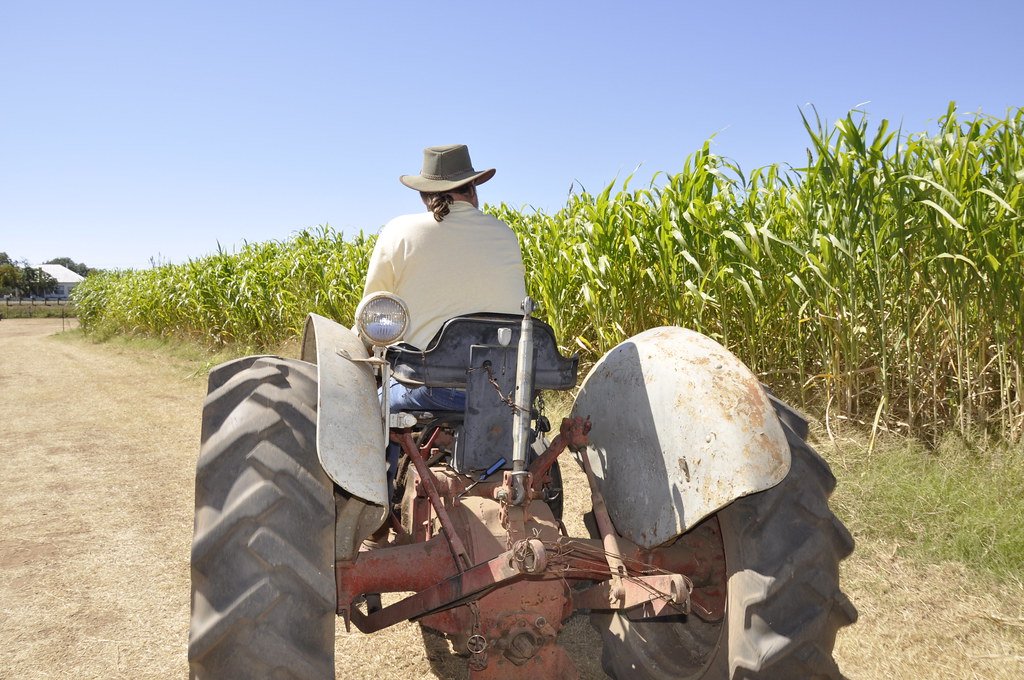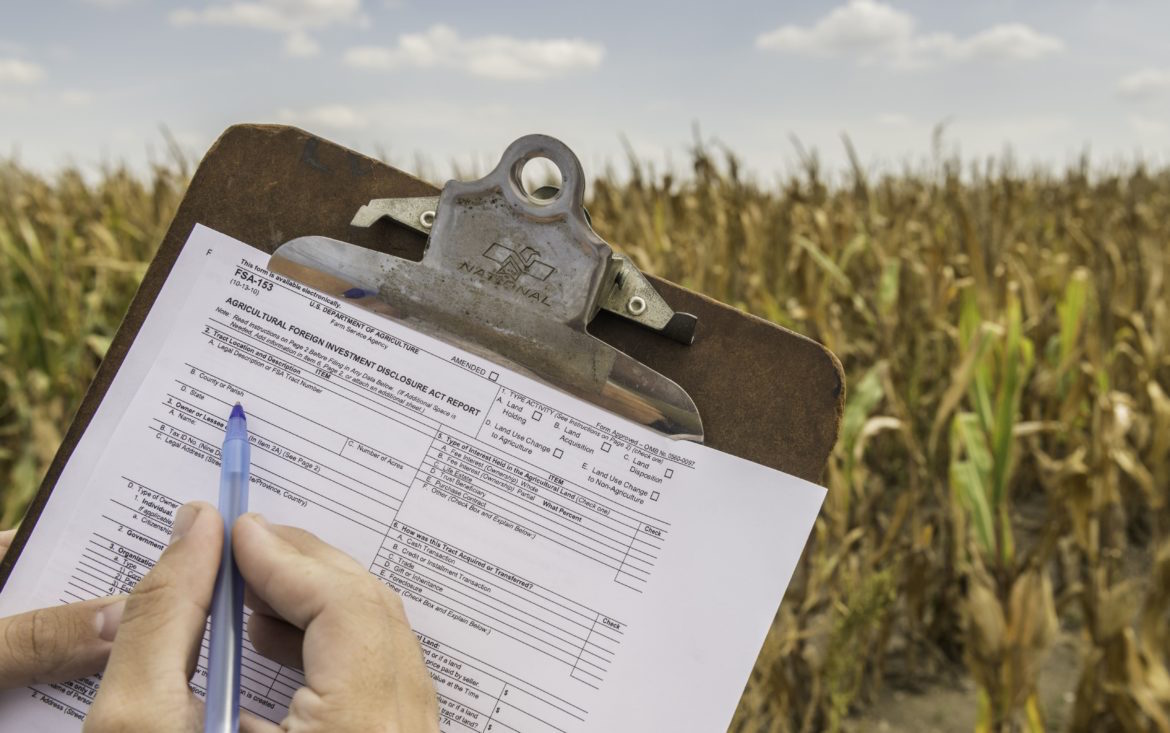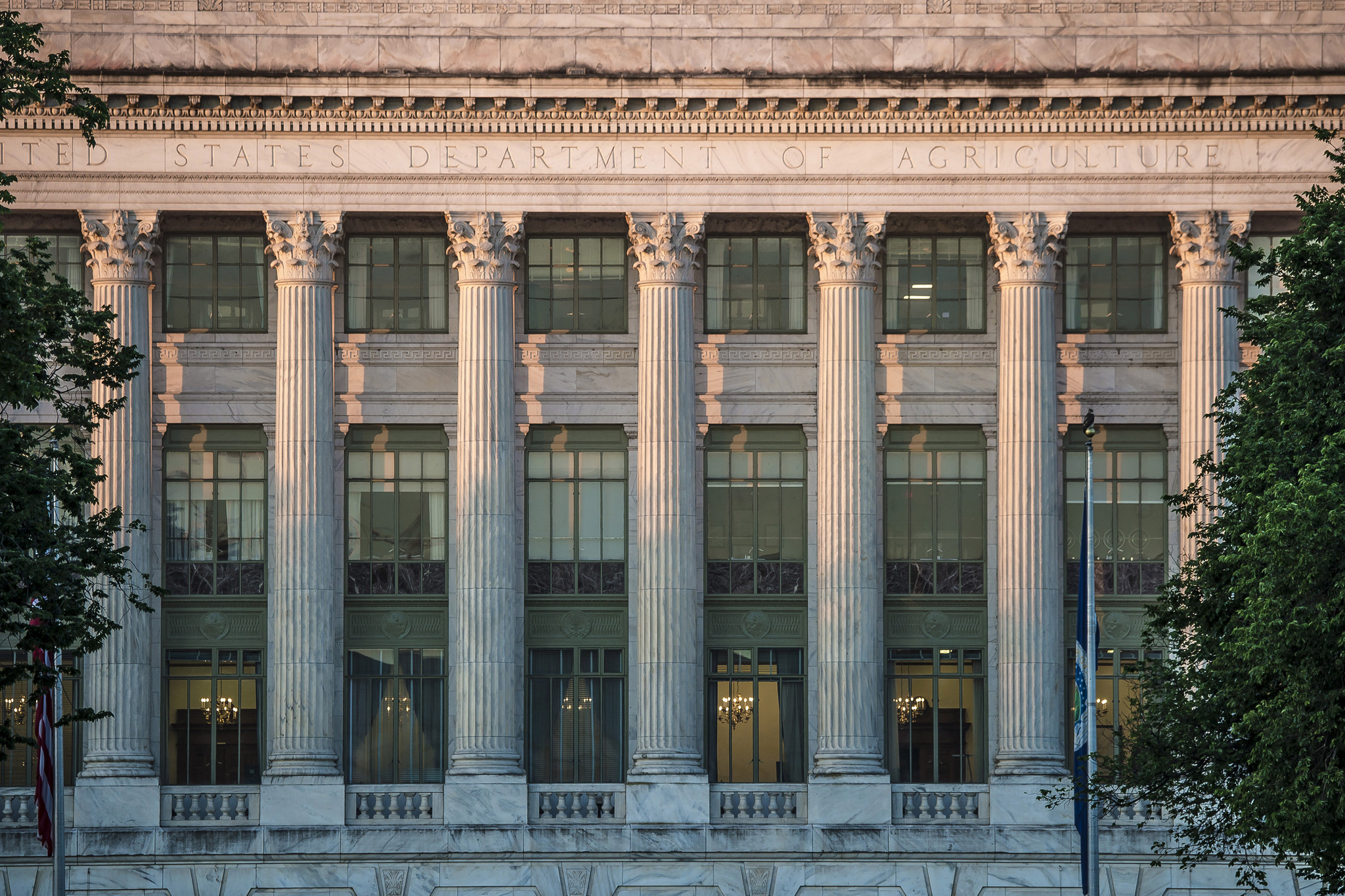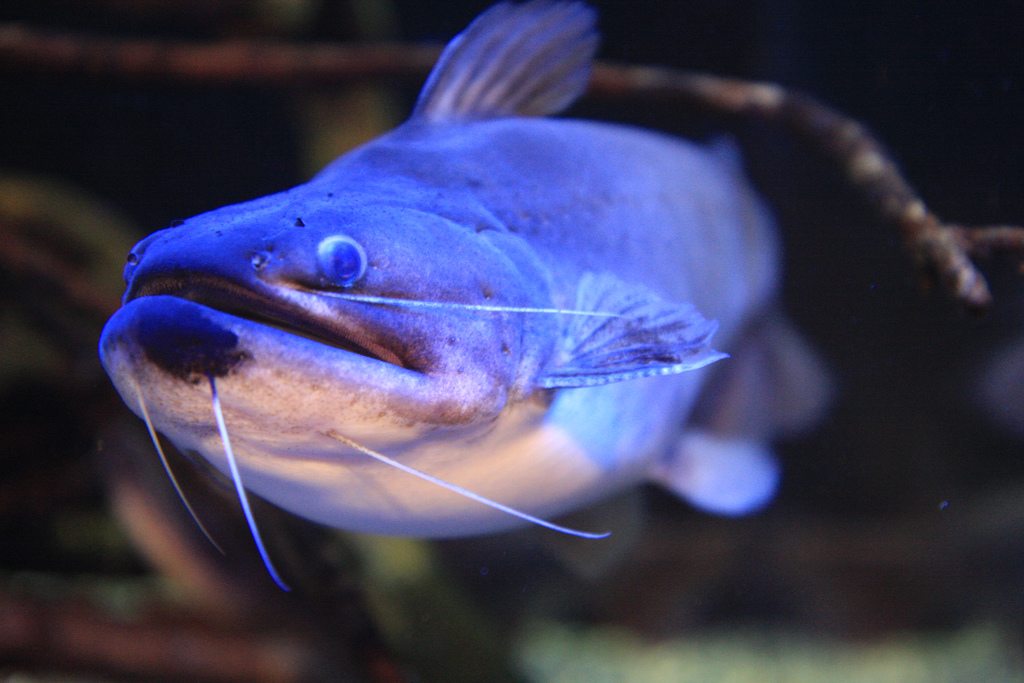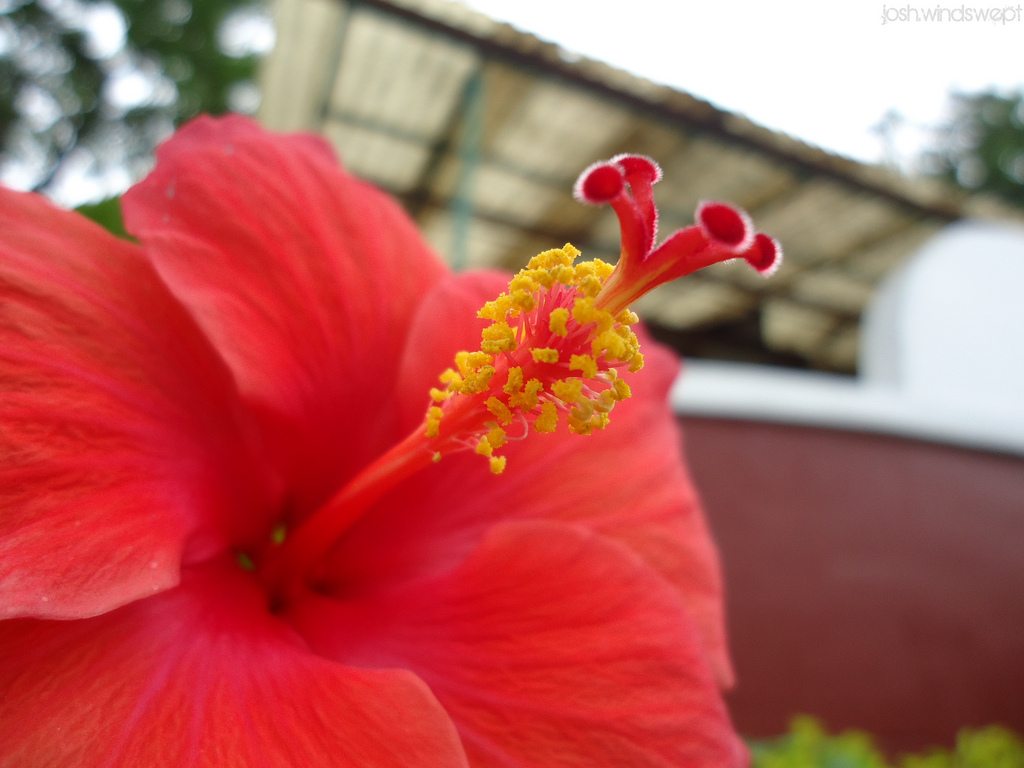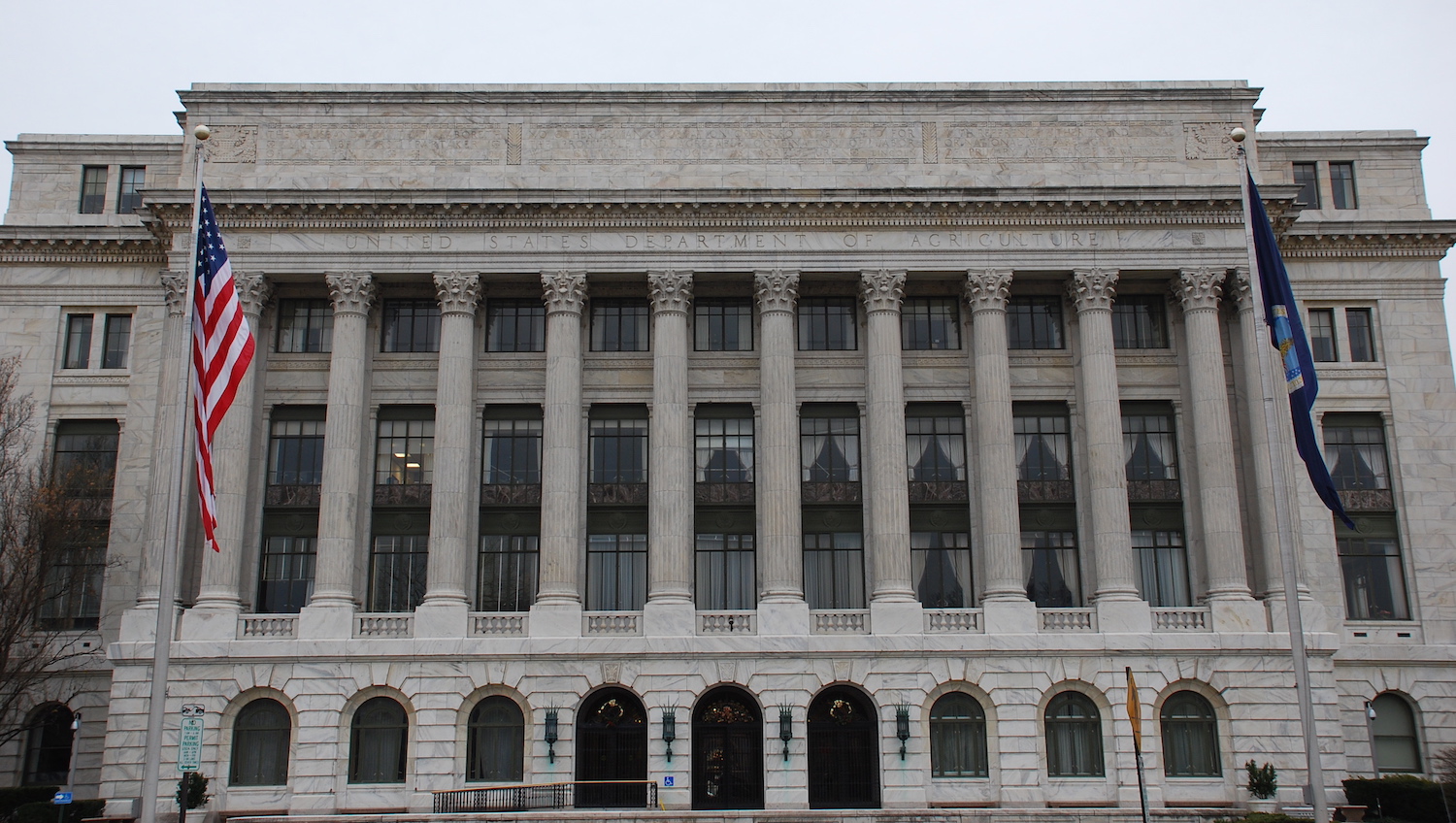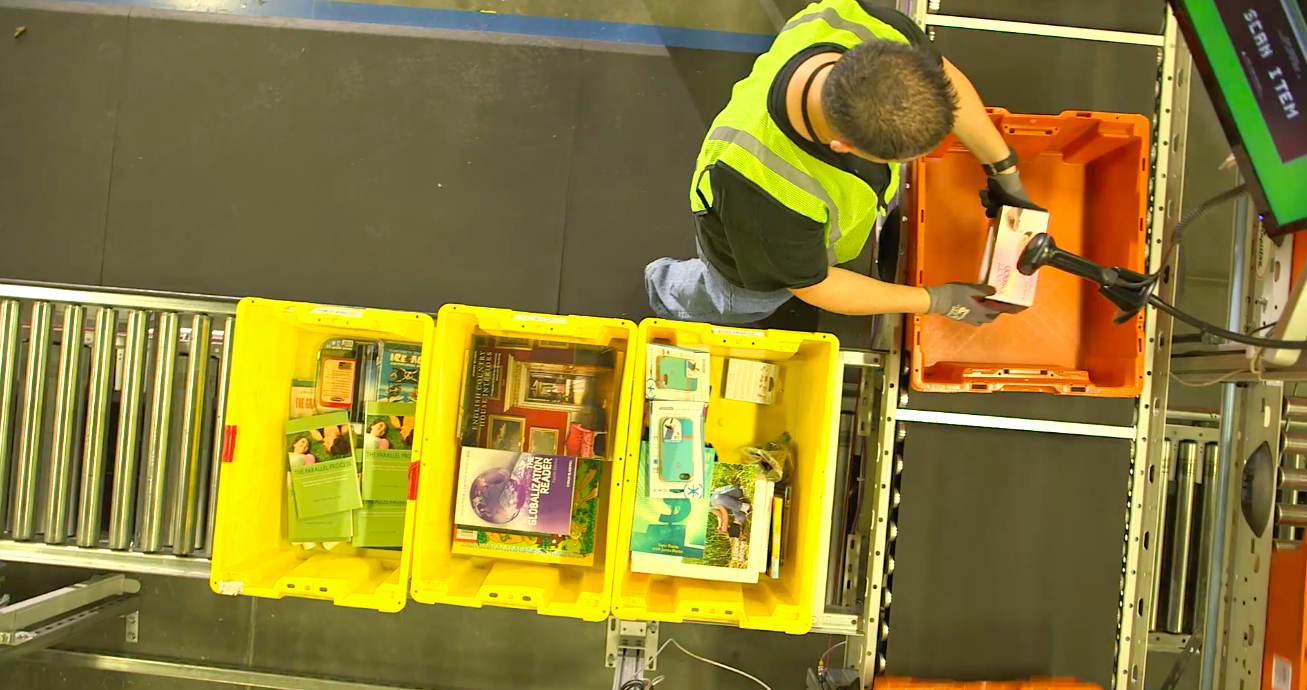Farm fraud. “United States Department of Agriculture” (USDA) and “fraud” have shared quite a few headlines this summer: the Washington Post has been running a series of investigative pieces on rulebreakers in the organics program domestically and abroad, and alt-right outlets like Breitbart continue to trot out the “rampant food stamp fraud” theme once every couple of months. (The issue is not as big as the headlines would have you believe; here’s Time with a fact-check.)
But here’s a new one, even for those of us who have Google Alerts set up for this kind of thing: A fourth-generation Louisiana farmer on Friday was found guilty of creating shell farms so he could benefit from more than $1.6 million in USDA subsidies.
The Monroe, Louisiana-based News-Star reports that 33-year-old Brad A. McIntyre was found guilty of mail fraud and money laundering. He faces up to 50 years in prison and will be sentenced in October.
McIntyre evidently set up farm entities under the names of his family members and employees with the intention of sidestepping a rule that caps the dollar value an individual farm owner can receive in USDA subsidy payments. Most of the time, when a farm qualifies for government relief, the amount of money it can receive is capped at a certain level per owner. So McIntyre claimed to the government that his farm acreage was actually several different farms and set up P.O. boxes for each one. Split up your farm into five “owners,” and a cap can suddenly jump from $100,000 to $500,000. After deliberating for five hours, a jury found McIntyre guilty of receiving payments under this scheme from 2009 to 2013.
Problems with USDA’s farm subsidy payout system are nothing new. Back in 2008, the agency found that it had paid nearly $50 million to ineligible farmers through its various support programs. According to a report by the Government Accountability Office (GAO), the agency sent money to more than 2,500 people whose farms reported incomes too high to be eligible for subsidy payments.
So in 2009, the Internal Revenue Service (IRS) and USDA teamed up to start verifying farm income. Starting that crop year, farmers had to sign a form allowing USDA access to their income paperwork. That way, USDA could double-check eligibility before sending out payments, FarmFutures explains.
McIntyre’s scheme was identified as part of a collaboration between agents from IRS and USDA, though there isn’t any indication that he was among the group of farmers with too high an income to be eligible for direct payments.
This case may prove a lightning rod as the next farm bill looms large and the fate of widely supported subsidy programs remains uncertain. After all, crying “fraud” is a time-tested tactic for pushing all kinds of seemingly unrelated policy changes, from cutting funding for food stamps to changing the rules for voter registration.


